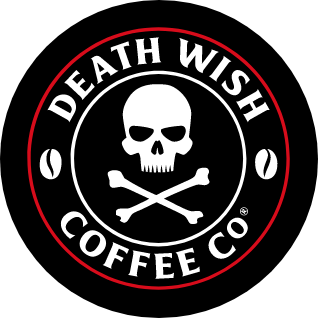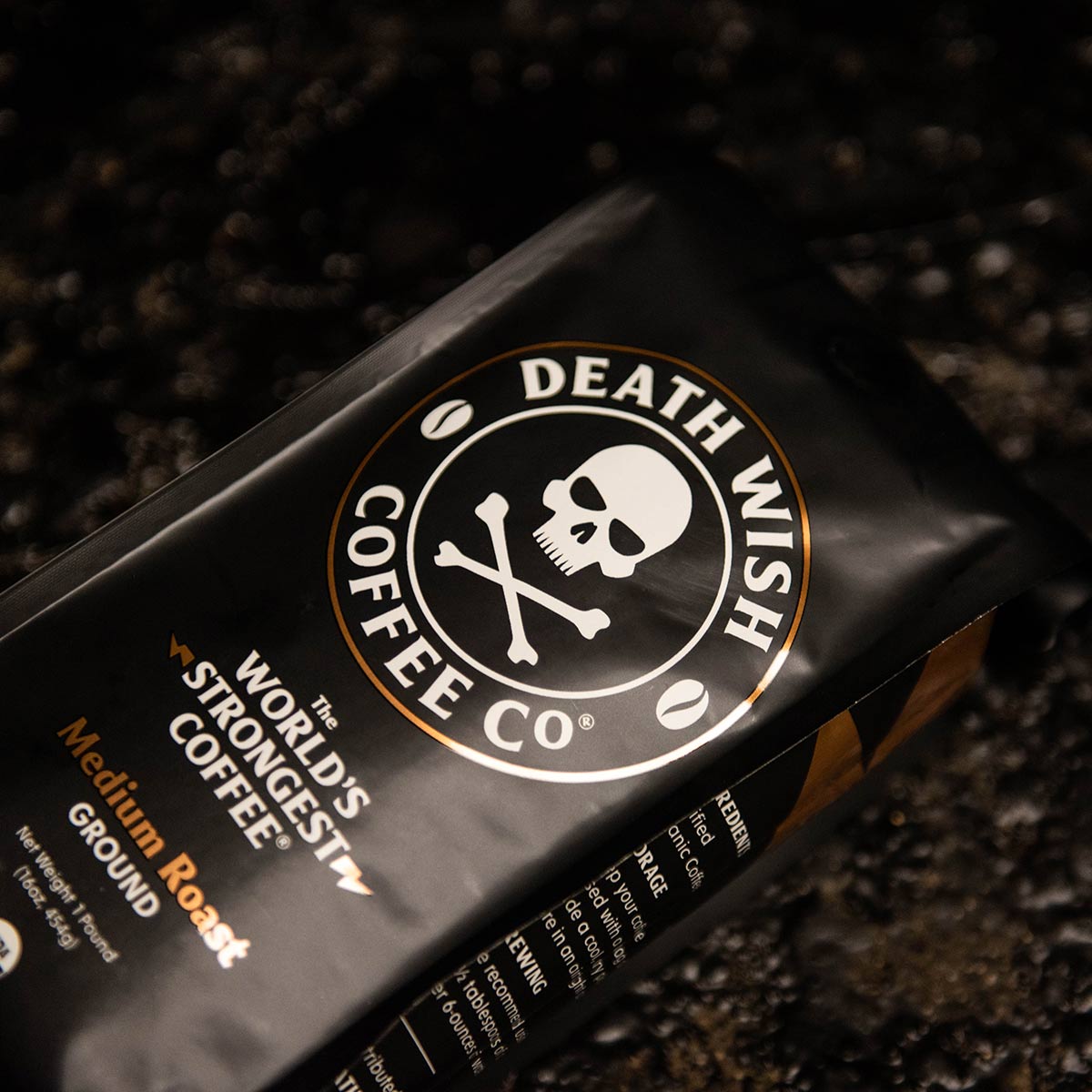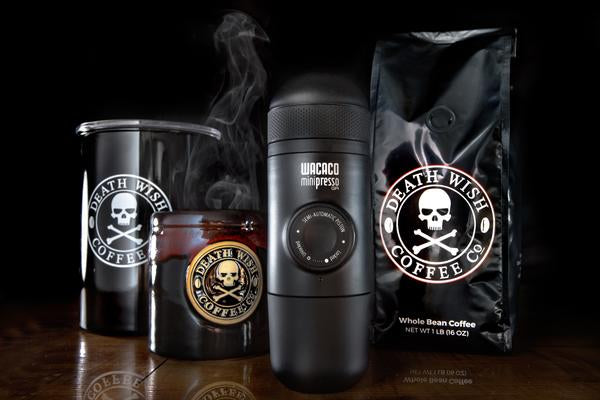

5 key differences between pour over and drip coffee
By Thomas Dragonette — / Coffee Talk
What are the differences between the pour over and drip coffee?
Good coffee is all about good quality. If you’re going to experience it right, you have to do justice to the process. Coffee addicts will back me on this one. Plug-in brewers are perfect for those trying to fit coffee into their busy lifestyle, but they may just find that the pour over method will add some bliss to those hectic mornings.

(Photo Credit: starscoffee.co via Instagram)
What are the differences between the pour over method and drip coffee?
1. Quality

(Photo Credit: 313cafe via Instagram)
With good quality beans and the proper grind size, the pour-over method will likely take your cup of coffee to a whole new level. Unless you’re willing to spend $200+ on a drip brewer, you probably won’t get a cup that comes close to that of a pour over. The best part? Pour over methods run anywhere from $20-$65, which makes them a much cheaper path to an all-star morning pick-me-up.
With good quality beans and the proper grind size, the pour-over method will likely take your cup of coffee to a whole new level. Unless you’re willing to spend $200+ on a drip brewer, you probably won’t get a cup that comes close to that of a pour over. The best part? Pour over methods run anywhere from $20-$65, which makes them a much cheaper path to an all-star morning pick-me-up.
2. Consistency

Pour overs give you full control over your pouring style, whereas drip coffee machines do it for you. Pouring water evenly comes a lot easier with the kettle in your own hand, rather than a drip brewer taking the power from you. Pour over methods only take a few extra minutes in the morning, but if you really don't have the time to sacrifice, go with a drip brewer — you can even set a timer on most so your coffee is already brewed when you wake up.
3. Temperature
 (Photo Credit: The Spruce Eats)
(Photo Credit: The Spruce Eats)Most drip brewers don’t reach the ideal temperature range for coffee (205 degrees Fahrenheit), and if they do, they likely won’t stay that hot, which will cause a negative impact on your final cup. With pour overs, once again, you have complete control over the temperature of your water.
4. Durability

(Photo Credit: cafe__kiosk via Instagram)
The simplicity of the design of a pour over method is an advantage when it comes to keeping it clean. Most pour overs are made with one or two parts made of glass, metal, or plastic. If you take good care of your pour over, it will likely last you a lifetime, and then some. Forget about replacements! Unless of course, you drop it and it breaks.
5. The reward is priceless

Can you tell I love pour over coffee? Don't get me wrong — drip coffee makers are a perfect way to make a cup of coffee in the morning when you're trying to get ready and out the door to take on your day. But if you're looking to level up your coffee game, consider a pour over method like a Chemex. When it comes to limits of changing up your cup, the limit just doesn’t exist. Who doesn’t want to be in full control, anyway?




